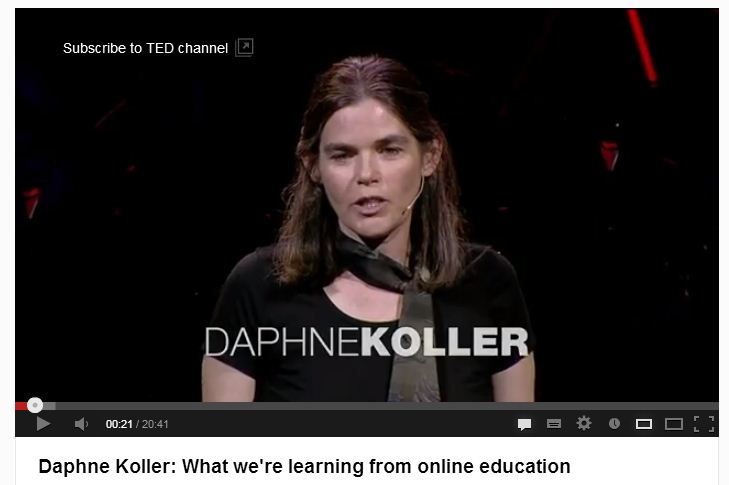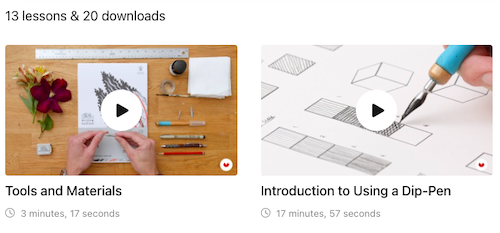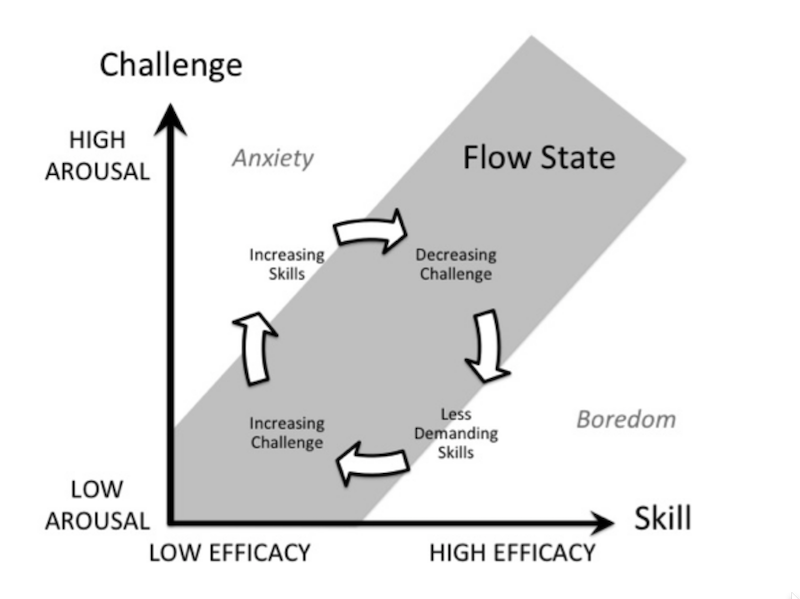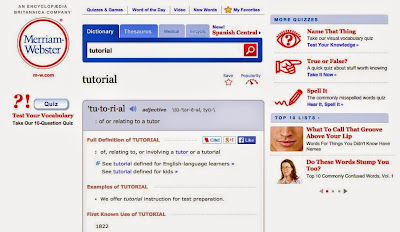
Fig. 1. Daphne Koller TED lecture on YouTube
Daphne Koller is a professor of Computer Science at Stanford University and a Third generation PhD. In this insightful talk we learn how e-learning is changing learning opportunities globally. Scale is at the heart of it.
A Machine Learning Class at Stanford with an undergraduate enrolment of some 400 when put online is followed by 100,000. And the lessons from scale led to the creation of Coursera where anyone can take the world’s top classes for free - delivered by the best instructors from the best universities.
- Personalised curriculum
- A coherent concept in 8 – 10 minutes
- Students can traverse the content in different ways background, skills or interest.
- Support or enrichment.
Practising with the material is important.
Video is interrupted to pose questions. Students are expected to engage.
- Multiple choice
- Short answer questions
- Grade math and models
To be told when you are right or wrong is essential to student learning.
How do you grade 100,000 students?
Peer grading is a surprisingly successful strategy (Sadler & Good, 2006) .
- Teacher and student grades extraordinarily similar, even self-grades.
- And the student learns from the experience.
And learning is socialised
- Around each of our courses a community of students has formed.
- Some meet online, others locally.
- Students respond to each other’s queries.
‘The median question to response time was 22 minutes because somewhere around the globe there was someone awake’. (Koller, 2012)
From 0:14:11
‘There are some tremendous opportunities to be had from this kind of framework’.
‘First it has the potential of giving us a completely unprecedented look into understanding human learning because the data that we can collect here is unique. You can collect every click, every homework submission and every form post from tens of thousands of students so you can turn the study if human learning from the hypothesis driven mode to the data driven on transformation that for example has revolutionized biology.

Fig. 2. Correcting misconceptions and poor learning paths
0:14:40
You can use the data to understand fundamental questions like what good learning strategies are versus ones that are not and in the context of particular courses you can ask questions like what are some of the misconceptions that are more common and how can we help fix that. 2000 students give the same wrong answer ... produce a targeted error message to give personalized feedback.

Fig. 3. Benjamin Bloom (1984) , 2 Sigma problem.
Lecture, mastery based approach, taught one on one with a tutor. individual gives you 2 sigma improvement 50/50 Individual 98% above average But cannot afford to provide every student with an individual tutor. Mastery will grade multiple times and show you the same video over and over without getting bored.
How can we push towards the 2 Sigma curve.
‘The mind is not a vessel that needs filling, but wood that needs igniting. From Ian Kidd's translation of Essays’. Plutarch
0:18:50 More time required igniting their creativity, their imagination and their problem solving skills by talking with them. We do that by active learning in the classroom.
Performance improves by every metric:
- attendance
- engagement
- standardized tests
It would do three things:
- Establish education as an absolute fundamental human right.
- Enable lifelong learning
- A wave of innovation
FURTHER READING
Guskey, TR 2007, 'Closing Achievement Gaps: Revisiting Benjamin S. Bloom's "Learning for Mastery"', Journal Of Advanced Academics, 19, 1, pp. 8-31, Academic Search Complete, EBSCOhost, viewed 17 February 2013.
REFERENCES
Bloom, BS 1984, 'The 2 Sigma Problem: The Search for Methods of Group Instruction as Effective as One-to-One Tutoring',Educational Researcher, 6, p. 4, JSTOR Arts & Sciences IV, EBSCOhost, viewed 17 February 2013.
Koller, D (2012) Ted Lecture Daphne Koller: What we're learning from online education (accessed 17 Feb 2013 http://www.youtube.com/watch?feature=player_embedded&v=U6FvJ6jMGHU )
Sadler, P, & Good, E 2006, 'The Impact of Self- and Peer-Grading on Student Learning', Educational Assessment, 11, 1, pp. 1-31, ERIC, EBSCOhost, viewed 17 February 2013.







